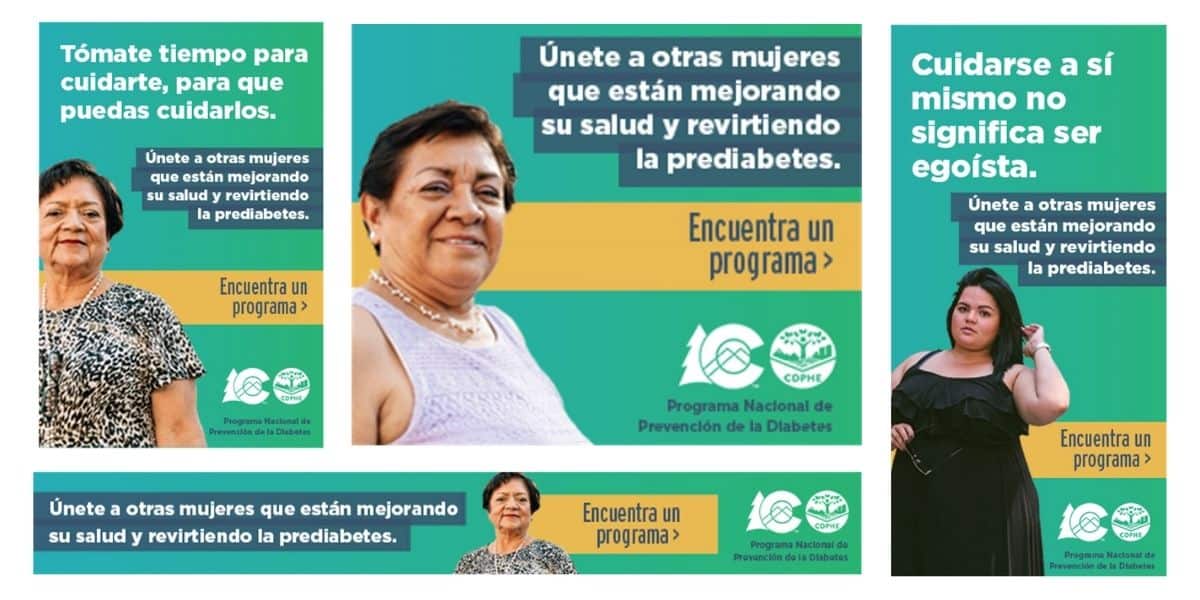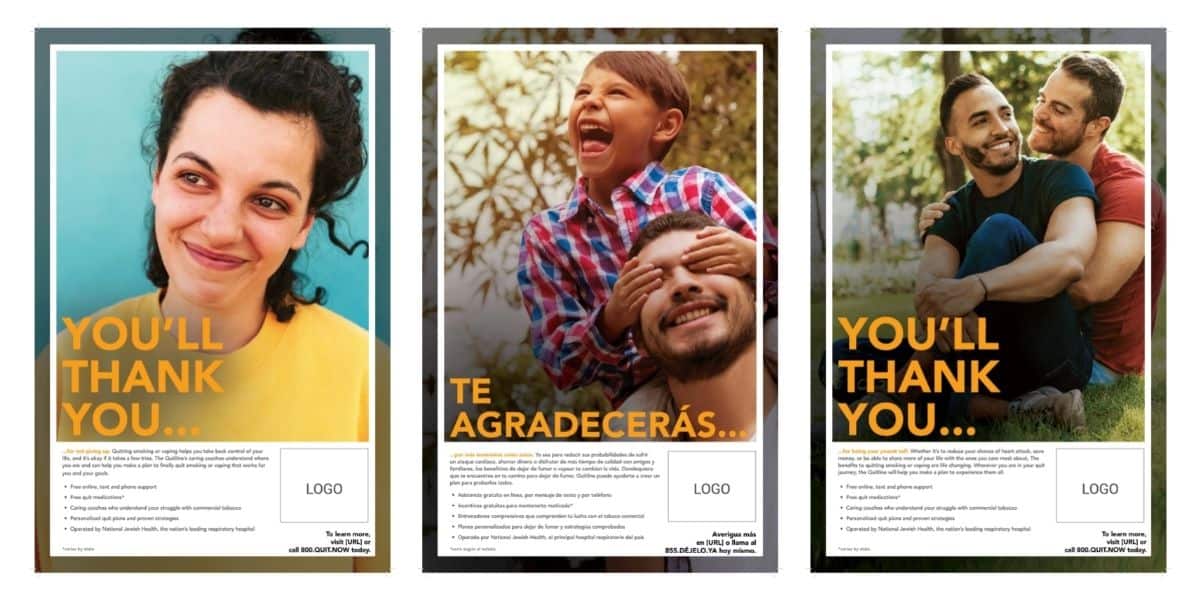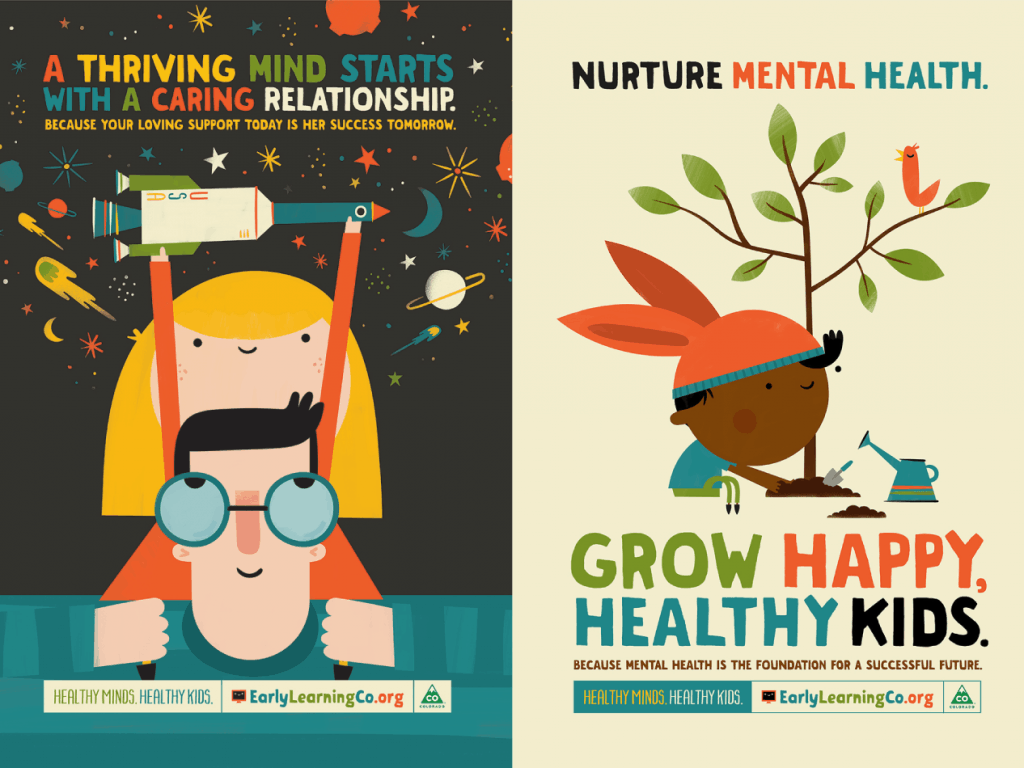For a while, Tumblr seemed like a ghost town.
After its heyday in the early 2010s, the platform faded into the background as Instagram, Twitter (now X), and TikTok took center stage.
But lately, Tumblr has been creeping back into cultural conversation. Not as the chaotic free-for-all it once was, but as something better—or at least, something different.
They seem to be rebranding as a space safe from politics and toxic-masculinity – with new TV ads to boot. You can see info about their campaign here.
Can it reclaim its place as an internet haven, or is it just a relic of a bygone era? If the internet feels exhausting, Tumblr might be your refuge—or maybe not.
What Made Tumblr, Tumblr
In its prime, Tumblr felt like the Wild West of the internet.
People used it to build micro-communities around everything from niche aesthetic vibes to full-blown fandom empires.
Unlike other platforms, where clout and engagement metrics rule, Tumblr thrived on anonymity. You could be anyone, post anything (sometimes to a fault), and disappear into your curated world of memes, art, and hyper-specific obsessions.
Some of the things that made Tumblr unique:
- No Algorithms – Your feed showed posts in chronological order, not whatever the algorithm decided you should see.
- Micro-Communities – Whether you loved gothic architecture, vintage anime clips, or surreal memes, there was a corner for you.
- Creative Expression – Writing, art, and GIFs thrived without pressure for likes or shares.
For me, Tumblr was all about Superwholock— Frankenstein’s monster of fandoms combining Supernatural, Doctor Who, and Sherlock. That corner of the site lived on inside jokes, fan fiction, and GIFs moving at light speed.
I had around 5,000 followers, though most of what I did was reblogging content that aligned with my specific interests. My partner, on the other hand, was deep in “stoner Tumblr,” which was exactly what it sounds like.
The variety of subcultures made Tumblr feel endless—there was a place for everyone.
For others, like SE2 Associate (and self-described recovered Tumblr fanatic) Mikey Talley, it was a vision board before Pinterest, a space to curate dream outfits from fashion magazines, capture aesthetics and scenic escapes, and craft aspirational collages.
It became a hub for discovering underground music, fresh perspectives, and inspiring quotes while connecting with like-minded people across the globe. More than just a collection of images, it was a personal sanctuary—a little corner of the internet where creativity, exploration, and self-expression flourished.
The Vine Connection and Tumblr’s Influence
People forget how much Tumblr shaped internet culture. Many of the viral trends that defined early social media either started or thrived there. The now-defunct Vine owes a lot to Tumblr; many of its biggest moments first gained traction through reblogs before hitting wider audiences.
Some ways Tumblr influenced internet culture:
- Absurdist Humor – Nonsensical memes and inside jokes ran wild.
- Remixing Content – Users reworked and built on each other’s creations.
- Fan Culture – Fandoms grew deep roots, creating lore and traditions still seen today.
Why Tumblr Feels Right Again—Or Does It?
In a digital landscape dominated by Meta’s ad-choked feeds and X’s toxic free-for-all, Tumblr’s weirdness feels like a relief. But does it still have a place?
Some arguments for its renewed relevance include:
- No Pressure to Perform – There’s no race for engagement or clout.
- No Algorithm Manipulation – You see what you follow, nothing more.
- No Endless Ads – Unlike other platforms, Tumblr hasn’t turned into an ad-filled wasteland.
I’ve been tempted to dust off my old account, clean up the chaos, and get back into it.
Tumblr has always been silly, fun, and surprisingly pure in its weirdness. Maybe that’s exactly what the internet needs right now. Or maybe it’s just a nostalgic relic from a different era of the internet.
What do you think? Is Tumblr making a comeback, or is it just trying? Let’s talk about it.

About the Author:
RJ Johnson (they/them) is a trans behavior change marketer. They create fun, engaging, and strategic content. With over six years of experience in marketing, communications, and content management, they have touched just about every aspect of the field. RJ is a lifelong learner with an M.B.A. from the University of Colorado, Denver, and a B.F.A. in Creative Writing from Stephens College. RJ is a content strategist at SE2, a behavior change marketing agency, previously worked in the health insurance sector, and is passionate about aiding in the fight for equal opportunities and advocacy. They approach everything from a lens of intersectionality and community.

About the Author:
Mikhail Talley (she/her) is a recent graduate from Colorado State University, where she received her degree in Journalism & Media Communication. With a non-traditional path towards graduation, while finishing school she worked in live music marketing before realizing her true passion lay in communication for change landing public relations/digital marketing roles with notable non-profit organizations, Denver Rescue Mission, Cancer Support Community, and Colorado Youth for a Change. Mikhail uses her passion for community advocacy to aid in pushing forward mission-driven projects, emphasizing the need to give those who feel voiceless the opportunity to be heard.





